8 GPTs for Training Simulation Powered by AI for Free of 2025
AI GPTs for Training Simulation are advanced computational tools designed to facilitate and enhance the learning and development process in various domains. Utilizing the power of Generative Pre-trained Transformers (GPTs), these tools offer dynamic, interactive, and highly customizable training environments. They are adept at simulating real-world scenarios, providing users with a safe space to practice skills, learn new concepts, and troubleshoot problems without real-world consequences. The relevance of these AI-driven simulators in training and education is significant, as they can adapt to a wide range of subjects, from language learning to technical skill development, making them versatile tools in both academic and professional training settings.
Top 8 GPTs for Training Simulation are: Customer Support,Change Management Pro,FireHQ,Hacking Assistant - Initial Foothold,DiscussionGPT,Karen GPT,AIOS VR,The ultimate CS representative
Customer Support
Empowering communication with AI
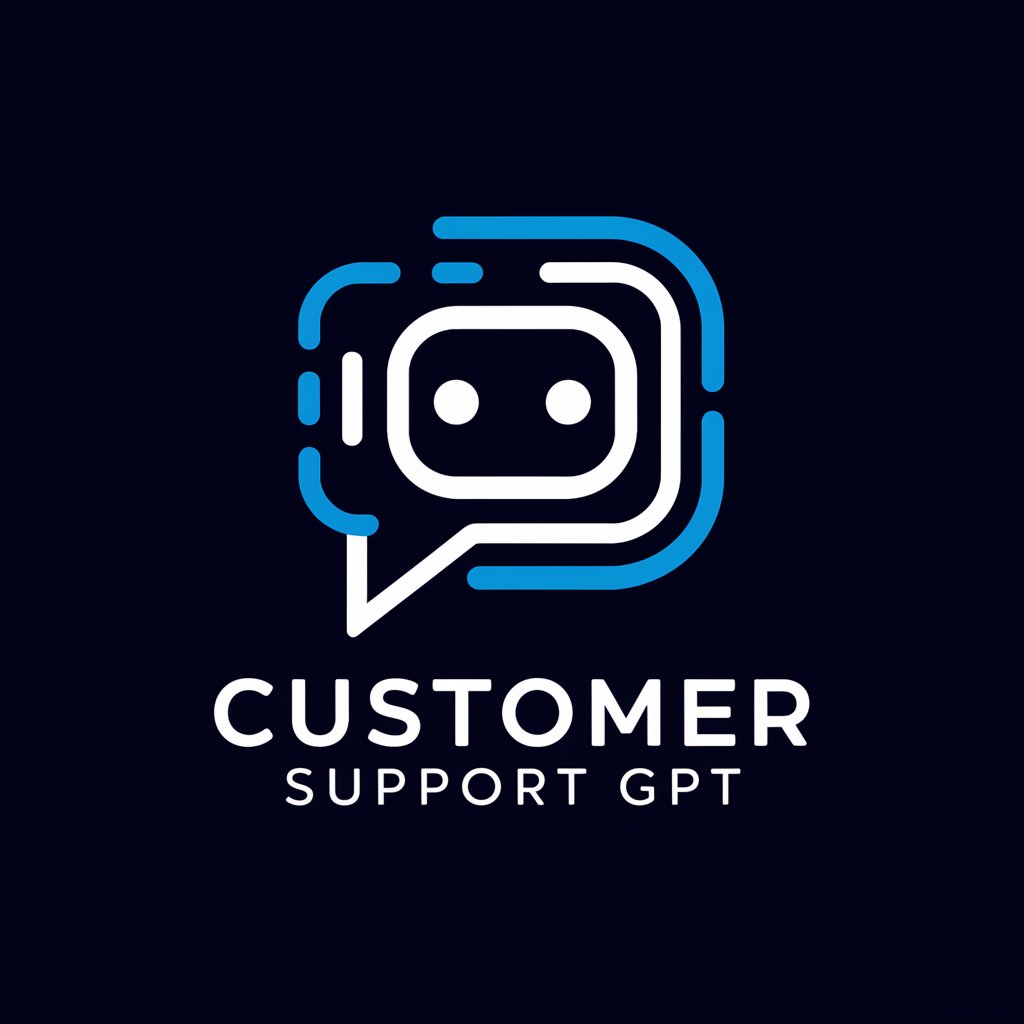
Change Management Pro
Navigating Change with AI Insight

FireHQ
Empowering firefighters with AI-driven training and design.

Hacking Assistant - Initial Foothold
AI-Powered Ethical Hacking Insights

DiscussionGPT
Elevate discussions with AI-driven perspectives
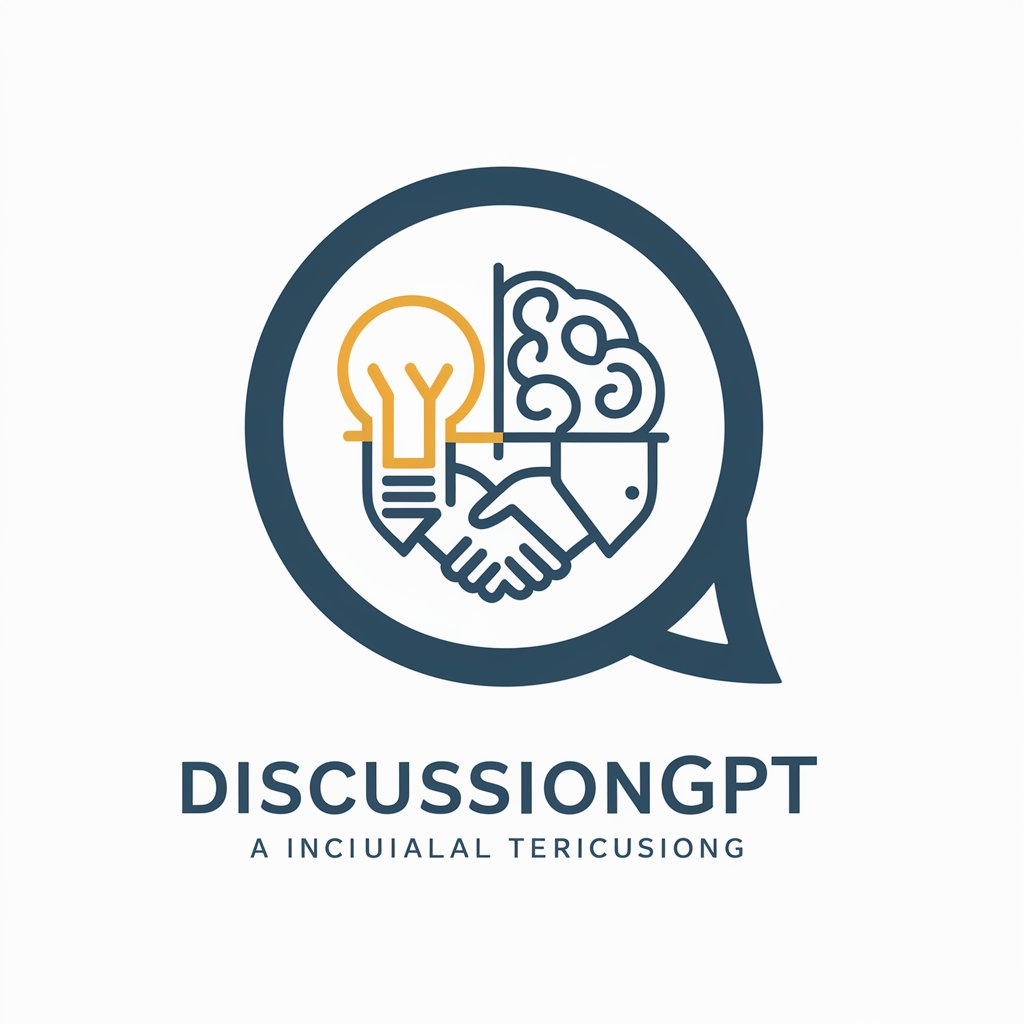
Karen GPT
Elevate your complaints with AI humor
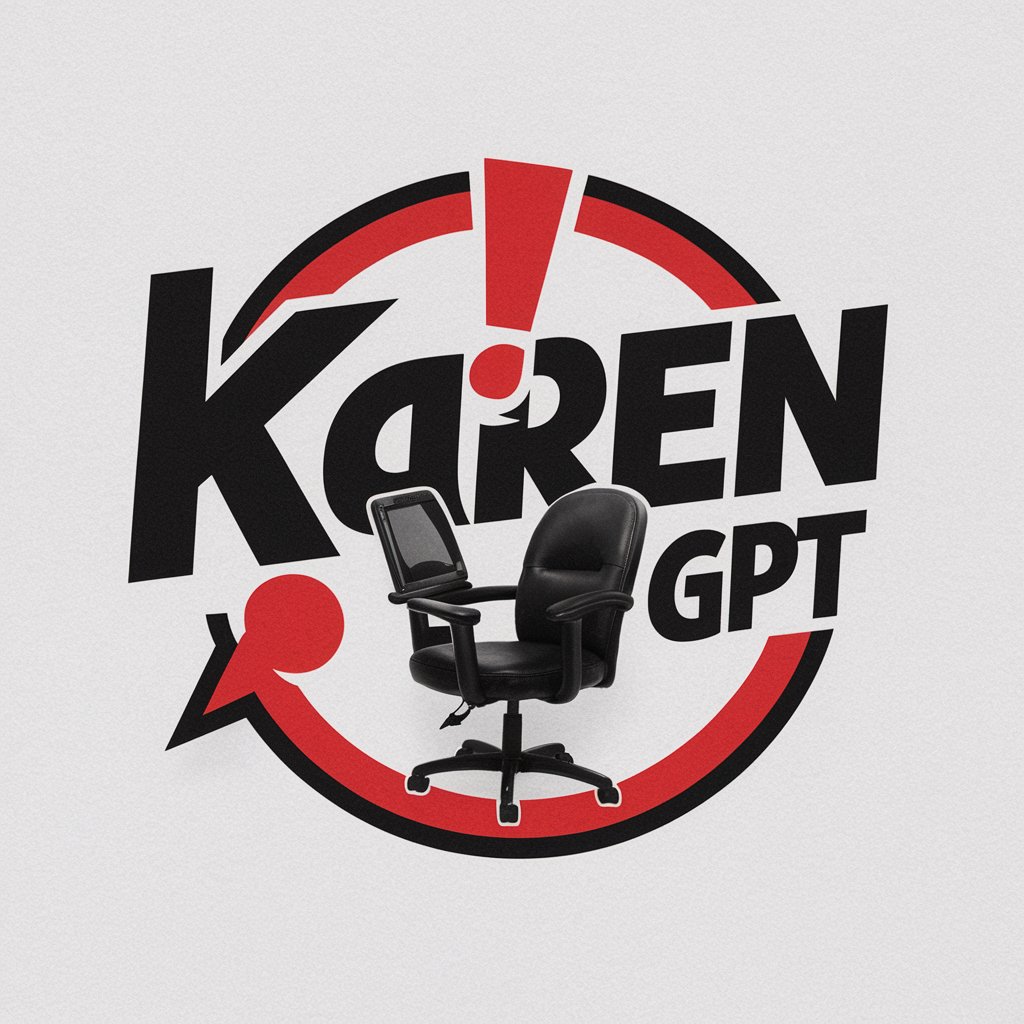
AIOS VR
Experience Realistic AI Simulations
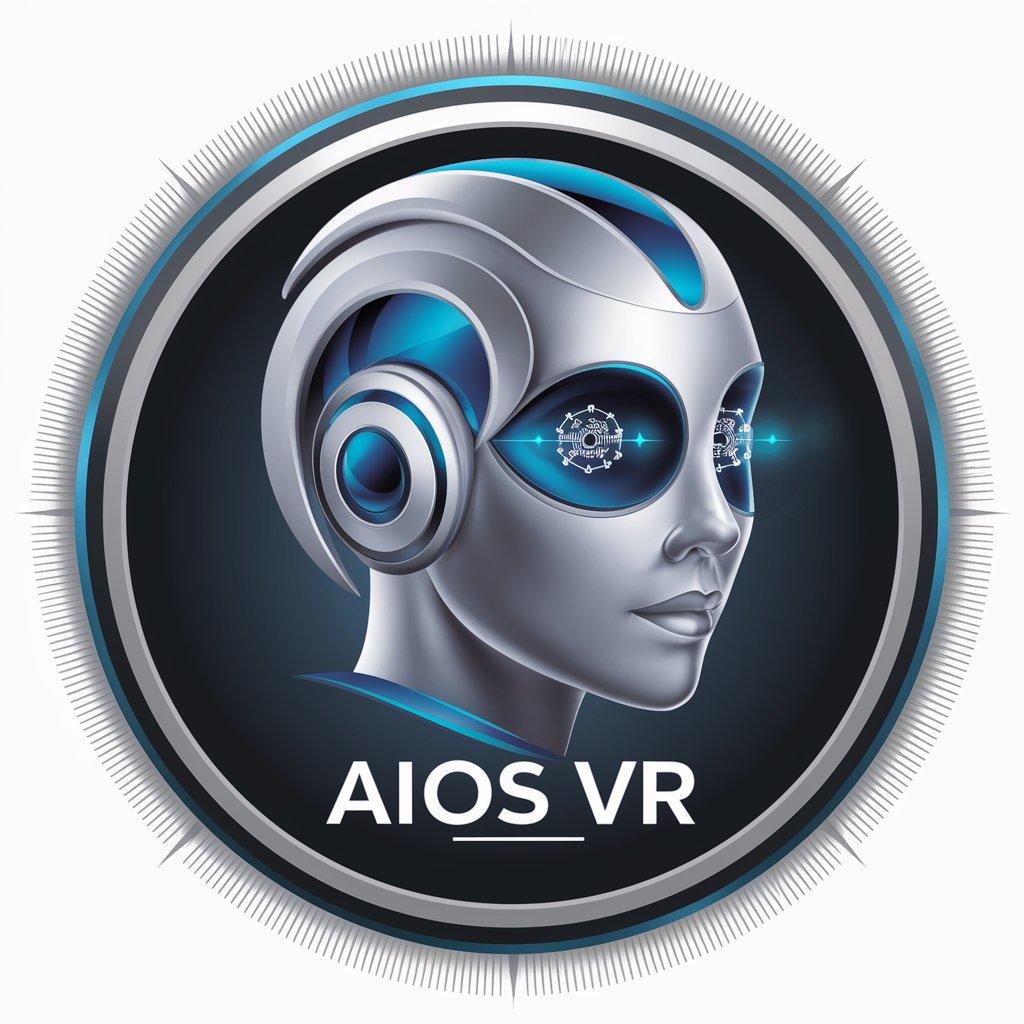
The ultimate CS representative
Empowering Service with AI Insight
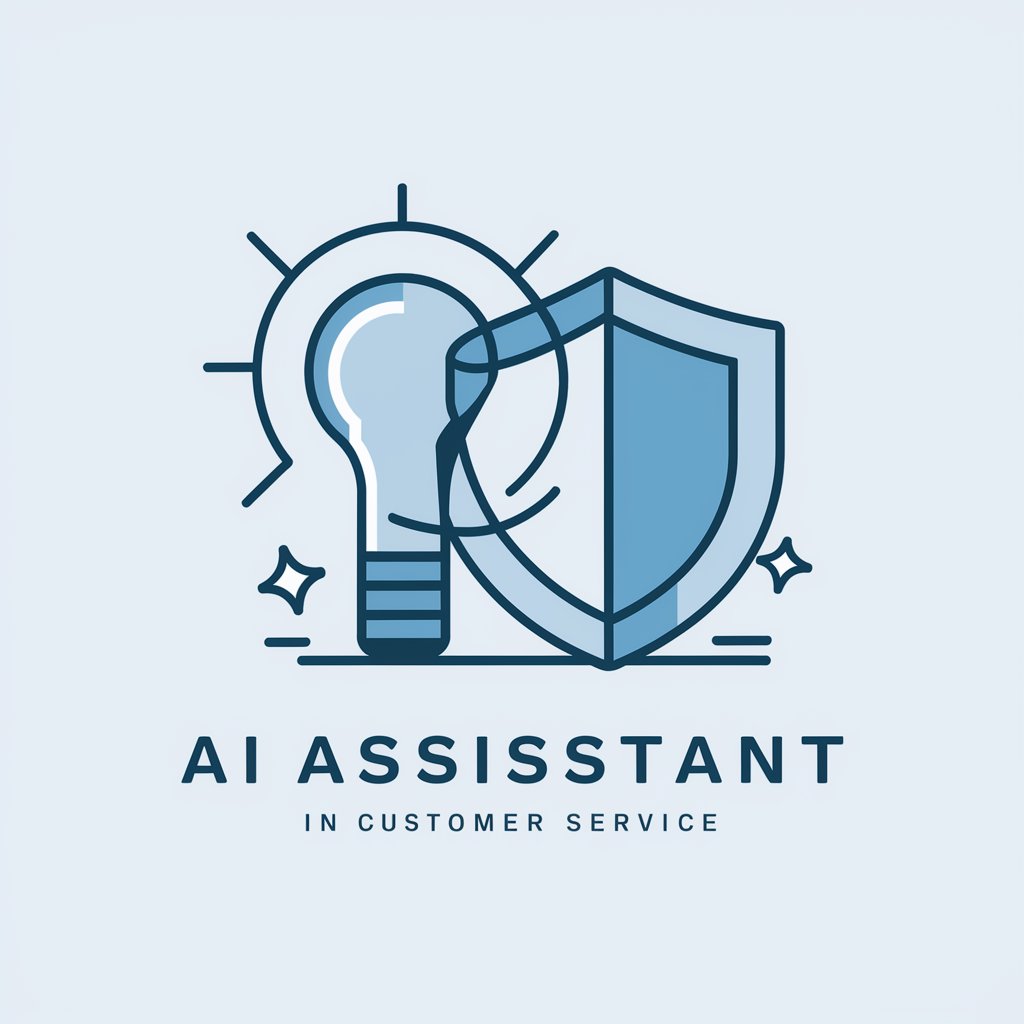
Key Attributes and Capabilities
AI GPTs for Training Simulation are distinguished by their adaptability, realism, and interactivity. These tools can generate scenarios ranging from simple instructional content to complex, immersive simulations that mimic real-life situations closely. Special features include natural language processing for interactive dialogues, scenario-based learning paths, real-time feedback, and performance analytics. Their ability to integrate with various multimedia elements and data sources further enhances the learning experience, making these tools incredibly effective for a wide range of training purposes.
Who Benefits from Training Simulation Tools
The primary users of AI GPTs for Training Simulation span from beginners seeking to acquire new skills, to developers aiming to create sophisticated training modules, and professionals looking to enhance their expertise in specific fields. These tools are designed to be accessible to individuals without coding knowledge, while also offering extensive customization options for those with technical skills. This dual approach ensures that a wide audience can benefit from tailored training experiences, regardless of their background or level of expertise.
Try Our other AI GPTs tools for Free
Casino Verification
Discover how AI GPTs for Casino Verification are transforming the gambling industry with advanced, efficient, and secure verification processes.
Gambling Legislation
Explore AI-powered tools for gambling legislation, offering advanced analysis, compliance insights, and tailored legal solutions for professionals and policymakers.
License Verification
Discover the efficiency of AI GPTs for License Verification, designed to streamline license checks and compliance with unparalleled accuracy and adaptability.
Monitoring Strategies
Explore AI GPTs for Monitoring Strategies: Advanced tools leveraging AI to enhance strategy formulation and implementation across various domains. Tailor-made solutions for real-time insights and strategic recommendations.
Character Prototyping
Explore the innovative world of AI GPTs for Character Prototyping, offering tailored solutions for creating detailed characters with ease. Ideal for professionals and novices alike.
Blueprints Navigation
Discover how AI GPTs for Blueprints Navigation revolutionize the creation and interpretation of technical drawings, making design processes more efficient and accessible.
Expanding the Boundaries of Learning with AI
AI GPTs for Training Simulation not only provide a versatile platform for a wide range of training scenarios but also offer insights into learners' progress through analytics. Their ability to integrate with existing systems and workflows further enhances their utility, making them a powerful ally in the pursuit of knowledge and skill acquisition across sectors. Moreover, the user-friendly interfaces of these tools democratize access to advanced training simulations, ensuring a broader reach.
Frequently Asked Questions
What exactly are AI GPTs for Training Simulation?
AI GPTs for Training Simulation are sophisticated tools that use AI to create dynamic and interactive training environments, simulating real-world scenarios for educational purposes.
Who can use these training simulation tools?
They are designed for a wide audience, including students, educators, professionals, and developers, offering both simple interfaces for beginners and customizable options for experts.
How do these tools adapt to different training needs?
Through AI and machine learning, they can analyze user inputs, adjust difficulty levels, and provide personalized feedback, making them suitable for a variety of learning objectives.
Can I integrate these tools with existing training systems?
Yes, many AI GPTs for Training Simulation are designed to be compatible with existing LMS and training platforms, allowing for seamless integration.
Do these simulations support multiple languages?
Yes, the natural language processing capabilities of GPTs mean that they can support training in multiple languages, broadening their accessibility.
Are there options for those without any programming knowledge?
Absolutely, these tools often feature user-friendly interfaces that require no coding skills, enabling anyone to create or participate in training simulations.
How can developers customize these simulations?
Developers can use APIs and scripting to tailor scenarios, create unique challenges, and integrate external data sources for a more enriched training experience.
What makes AI GPTs for Training Simulation unique compared to traditional methods?
Their interactivity, adaptability, and ability to simulate complex, real-world scenarios in a controlled environment set them apart from conventional training methods.